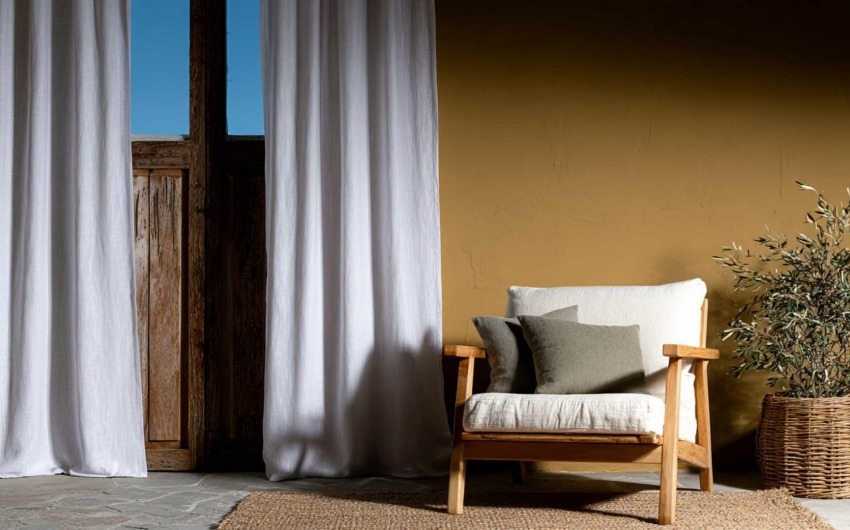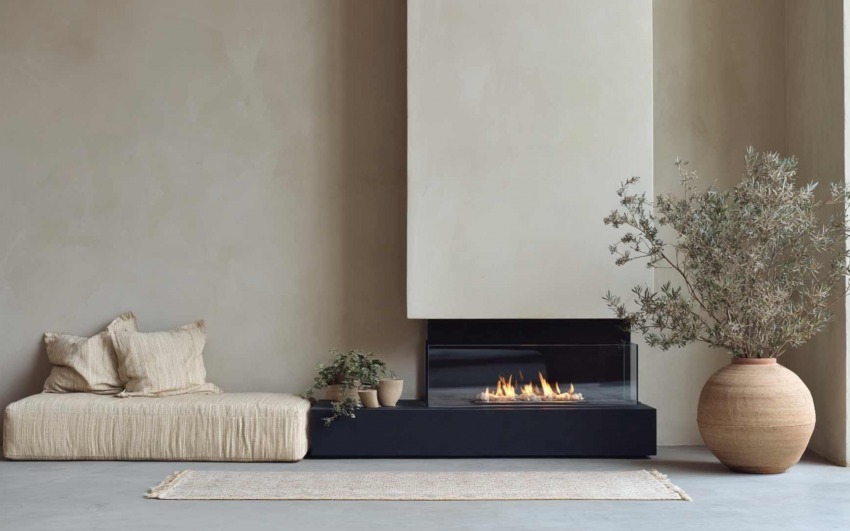4/18/2025
In this article, we explore how design influences our perception of the past, present, and future, and how to balance elements from different eras to create harmonious, evocative interiors.
1. The Past in Design: Nostalgia and Comfort
Vintage or retro-inspired spaces transport us back in time, evoking memories and emotions tied to the past.
Materials and finishes: Solid wood, wrought iron, decorative ceramics, and aged surfaces add authenticity.
Iconic furniture: 1950s chairs, Art Deco furniture, and industrial-style lamps define specific eras.
Color palette: Warm, muted tones like mustard yellow, olive green, and earthy browns create a nostalgic feel.
Practical Example: A living room with a carved wooden credenza, a velvet sofa, and a fabric-shaded floor lamp recalls the elegance of 1960s interiors.
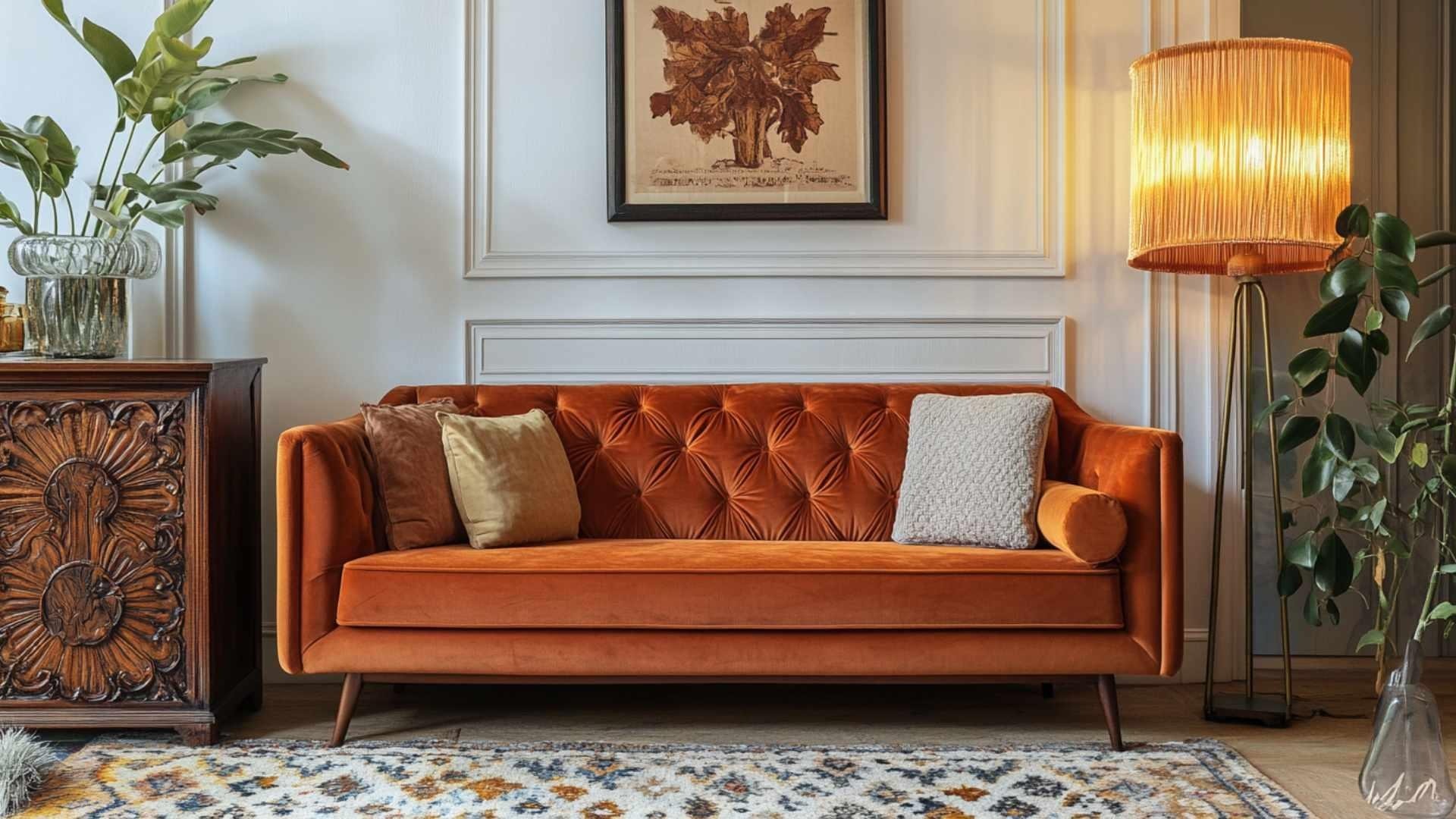
2. The Present in Design: Functionality and Modern Living
Contemporary design prioritizes practicality and comfort, blending aesthetics with functionality.
Minimalist approach: Simple shapes, neutral colors, and well-organized spaces enhance livability.
Modern materials: Stainless steel, glass, matte surfaces, and smart technologies define today’s interiors.
Versatility: Modular and multi-functional furniture adapts to modern lifestyles.
Practical Example: A kitchen with a central marble island, hidden appliances, and LED lighting embodies contemporary style.
_11927f694a_.jpg)
3. The Future in Design: Innovation and Technology
Futuristic spaces convey progress and innovation, often experimenting with bold forms and high-tech materials.
Fluid lines and organic design: Curved shapes and unconventional geometries replace rigid structures.
High-tech materials: Interactive surfaces, smart glass, and AI-driven furniture create an immersive experience.
Dynamic lighting: LED panels, adjustable lighting, and smart home automation enhance the futuristic atmosphere.
Practical Example: A living room with backlit walls, modular smart furniture, and a desk with built-in wireless charging projects a home into the future.
_f78f28c6d2_.jpg)
4. Creating a Timeless Space: Balancing Past and Future
A truly timeless space balances classic and modern elements, avoiding trends that quickly become outdated.
Material contrast: Blending wood and natural stone with glass and steel creates harmony.
Essential design: Timeless interiors avoid excessive decoration, maintaining a refined elegance.
Neutral tones: A balanced palette ensures furniture and decor withstand changing trends.
Practical Example: A living room featuring a solid wood dining table paired with contemporary carbon fiber chairs perfectly represents the fusion of past and future.
_01a4664272_.jpg)
Interior design shapes not only spaces but also our perception of time.
Understanding how to blend different eras allows us to create harmonious, personal, and timeless spaces that evolve without losing charm.
By experimenting with materials, colors, and furniture, we can design a home that tells our story—without being confined to a single time period.
_14077b47db_23.jpg)
Interior Designer since 1985
CEO & Founder, Italian Design in the World
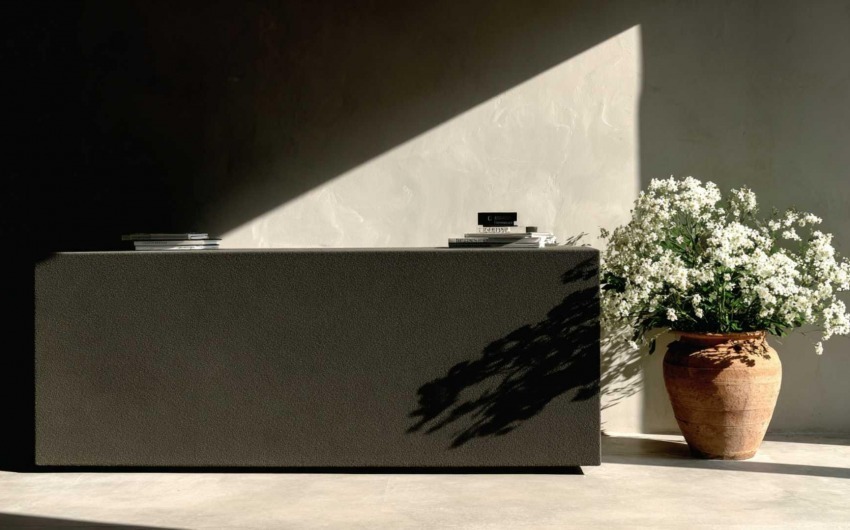
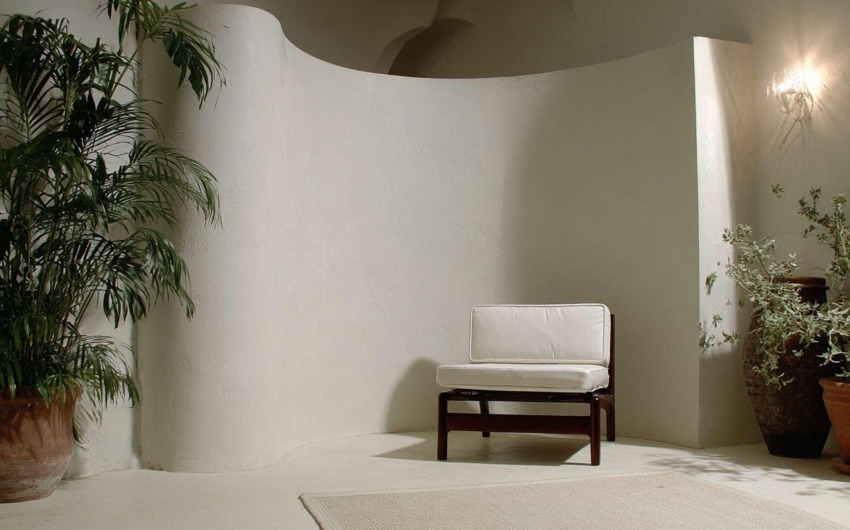
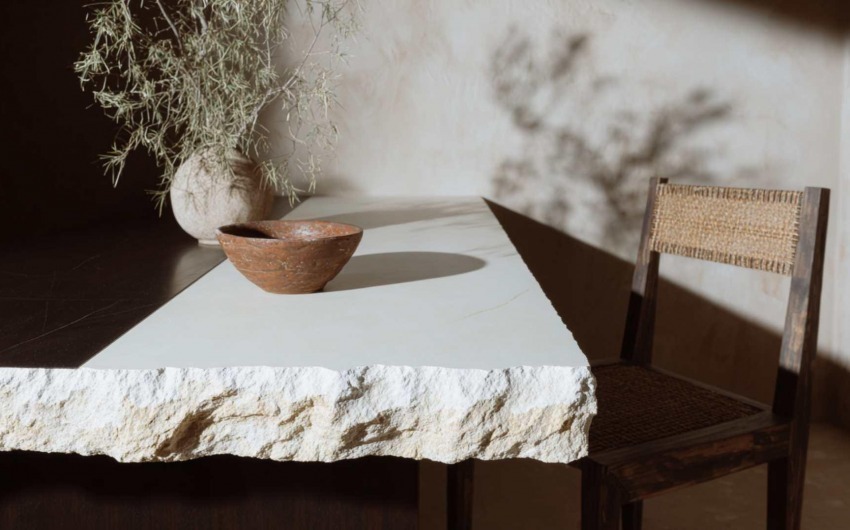
_0f565b1edb_633.jpg)
